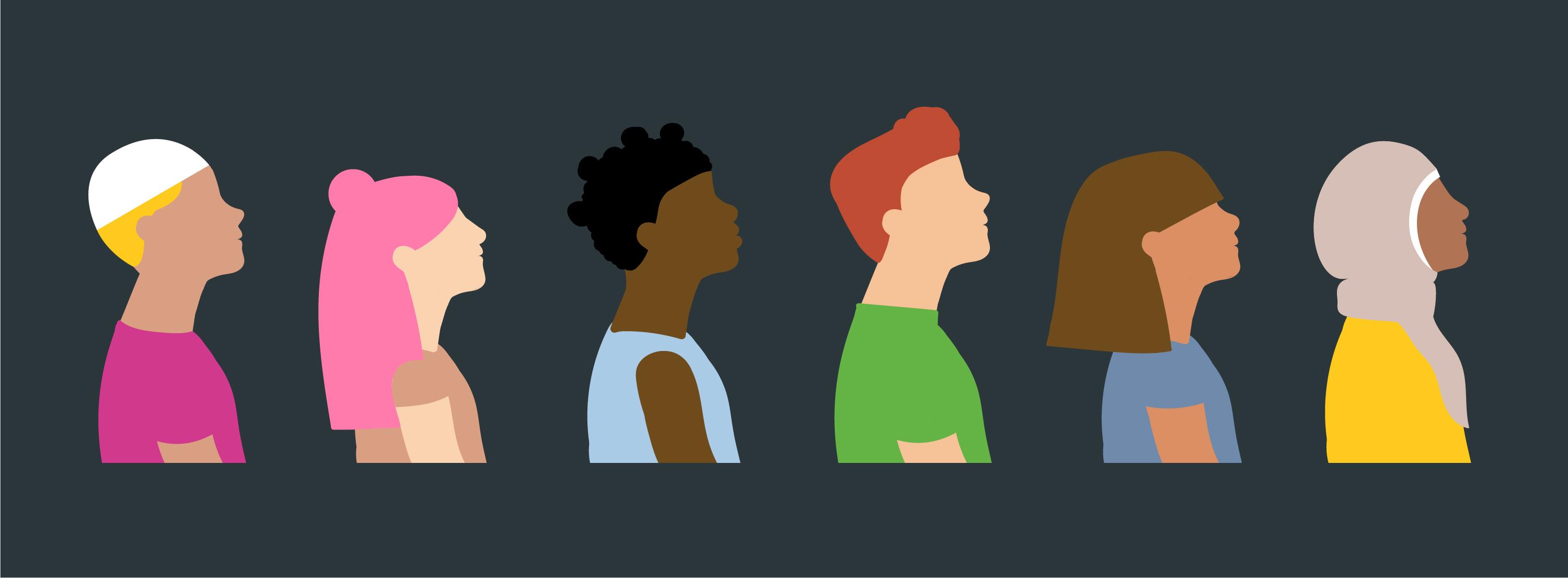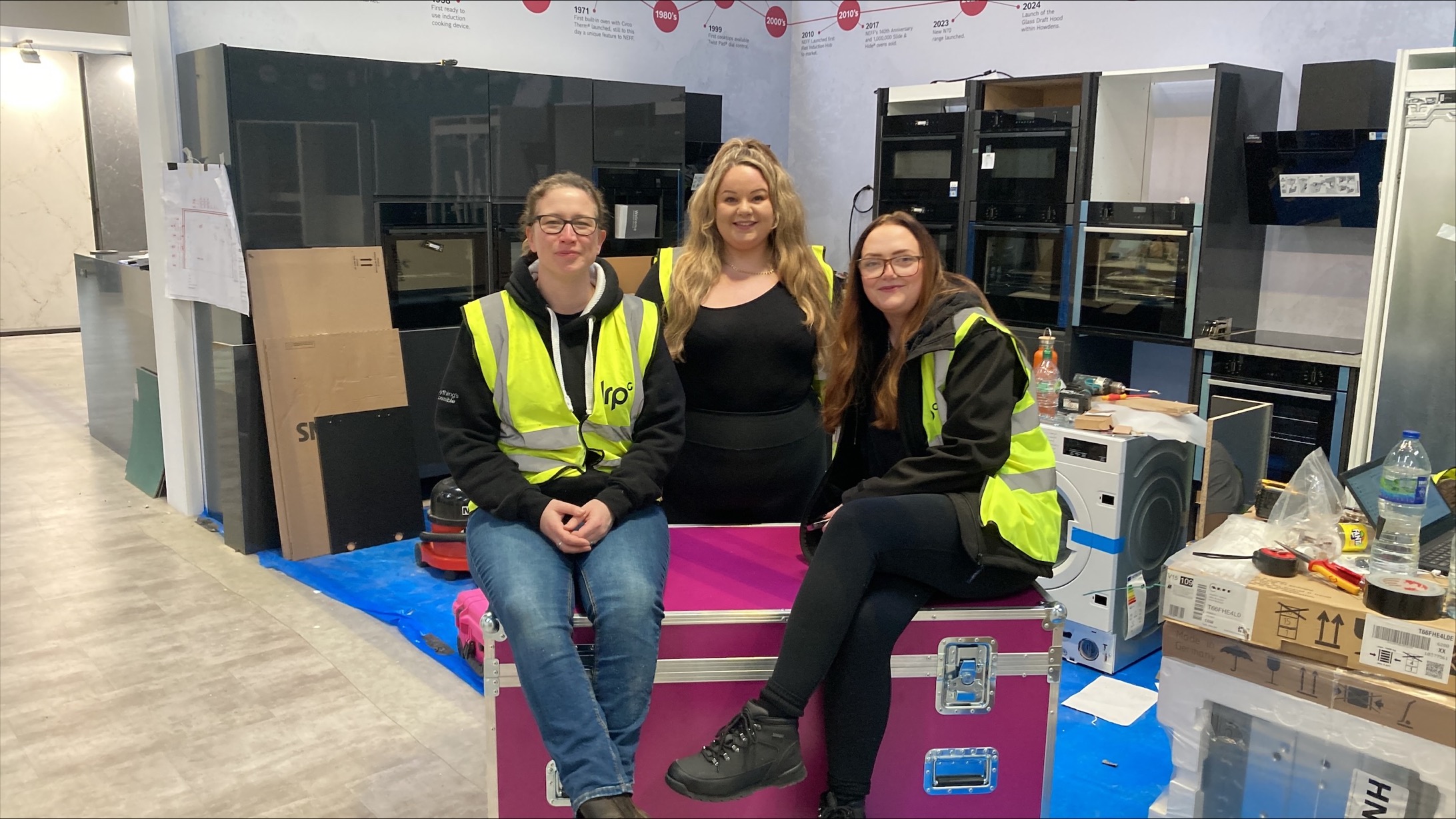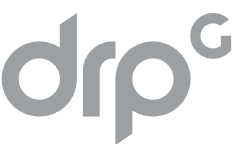Sales targets… does anyone, aside from hardened salespeople, not get stressed by them? If they’re poor, we’re quick to berate the team, look for more investment, increase the target or pray for the best. But what if we told you your diversity and inclusion approach (or lack of one) could be responsible for fewer sales than you hoped for? Read on to see why it makes sense to have a more diverse workforce if you want to improve the bottom line.
You’re thinking about your existing audiences, and new ones
Whether that’s an internal audience of employees or your customer base, a sea of old, white men on your board and young white men in your sales team isn’t going to endear you to a United Kingdom where a sixth of all people aren’t white, and half of them aren’t male. And those figures are growing too, so your strategic comms needs to factor in the diversity of your workforce, and how you go about telling the world that you’re big on D&I.
Just by making it a little bit easier for people of all backgrounds to apply and succeed in their roles, your image will improve, as will the engagement with the people who interact with you – sounds good, right?
You’re making long-needed changes
Let’s face it, even with high-profile cases and everyday examples, men are still paid more than women and people still face bias based on their background or the colour of their skin. This old-fashioned approach is sadly still deep-rooted in many institutions, but the wolves are at the door. Now, if you don’t have a diversity and inclusivity plan firmly in place, you’re the odd one out – and you need to make that change happen in 2021.
It increases your success rates
According to a recent Harvard Business Review study, it turns out that we like to deal with people who look like us. Apparently, success rates jump by 50% if the person we’re dealing with is the same race as us. Does that make every single one of us inherently biased?
Then there’s the part where, if you tender for work or offer your services against competitors, the client may say ‘no thanks’ if your teams aren’t diverse enough. Many decision makers are keen to make sure their own D&I targets also extend to third parties, so not being diverse or inclusive enough means you could be losing out on contracts or business!
Oh, and the proof that diversity increases sales? Step up Cedric Herring, an American sociologist who reckons that less-diverse sales teams are 10-15 times less successful than diverse ones. Talk about a reason to make changes!
It fosters innovation and ideas
It’s not rocket science to understand that hiring people from a diverse range of backgrounds or even nationalities is good for a more diverse range of thoughts and ideas. However, this goes beyond the typical factors we think about when we talk about diversity: gender, age, nationality, race and various other demographics.
According to Tomas Chamorro-Premuzic, Lead Talent Scientist at Manpower and writing in the Harvard Business Review, ‘deep level diversity’ and leadership are the real success factor for organisations. Rather than the surface level factors, we need to be really looking at what diversity means. It could be hiring people based on their creativity, conflict likelihood, knowledge, desires, location and personality traits, rather than their education, experience or ability.
In terms of hard sales figures, this deeper dive into the diversity of your team could be the difference between someone snatching a sale using the old-school tactics, or someone developing an incredible relationship, based on the fact that their personality matches the person they’re selling to. And that person could look, sound or act a lot different to your current sales employees.
It’s the right thing to do as a human!
Taking a step away from the bottom line, success rates and conversion figures, it’s interesting to think that there are still decision makers who aren’t aiming to hire a diverse set of people. Granted, we want to choose the best people for the job but having blinkers on, and focusing on a certain population segment that looks the same as us on purpose means you’re actually being a bit of a bad human.
Giving people a chance and not reinforcing biases are what makes us human. By simply focusing on the figures, we’re creating work cultures that aren’t optimal for happy, healthy and engaged workers. And as we all know, engagement is going to be a huge focus in 2021.
What you can do to change your diversity and inclusion landscape for the better:
- Set out an organisation-wide D&I policy
- Ask your audiences, internal and external what they make of the status quo
- Roll out a hiring programme that is designed to attract people from a wide range of backgrounds by dropping your current hiring criteria
- Ensure your leadership teams are also following your new policies
Check out our D&I in the Workplace Report to find out the results of our in depth research into what you think about D&I in your organisation.








